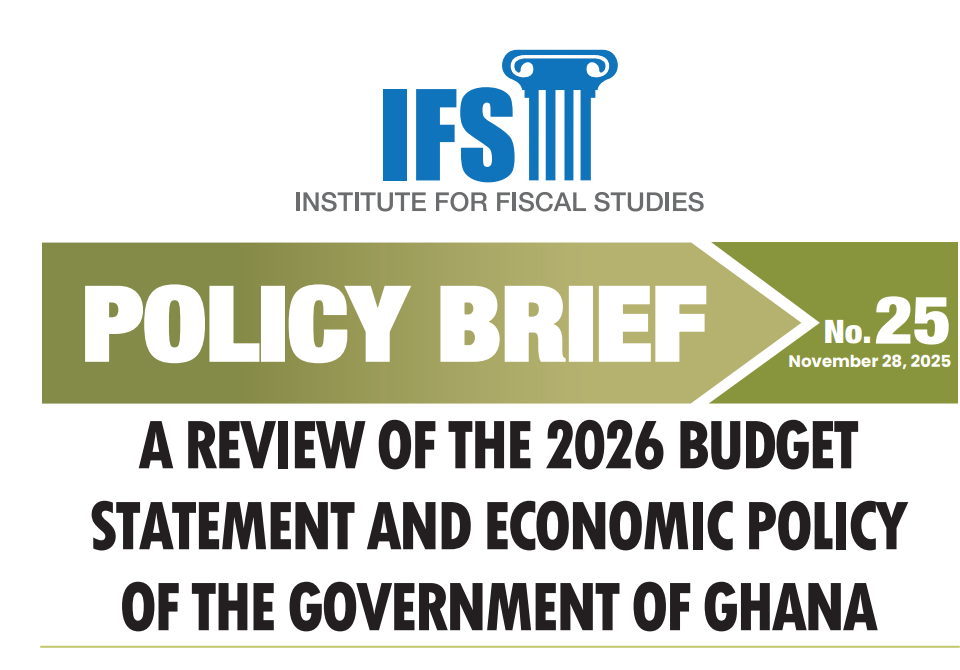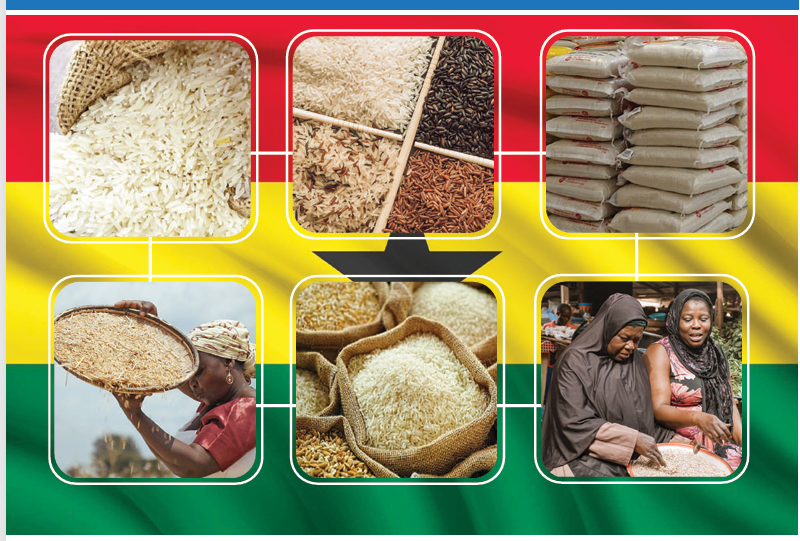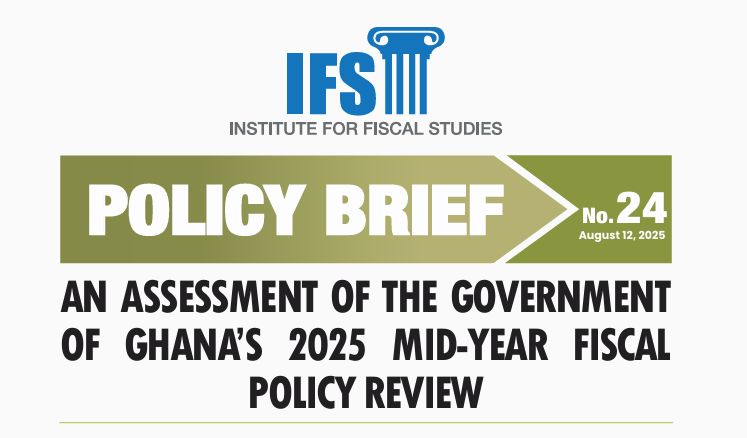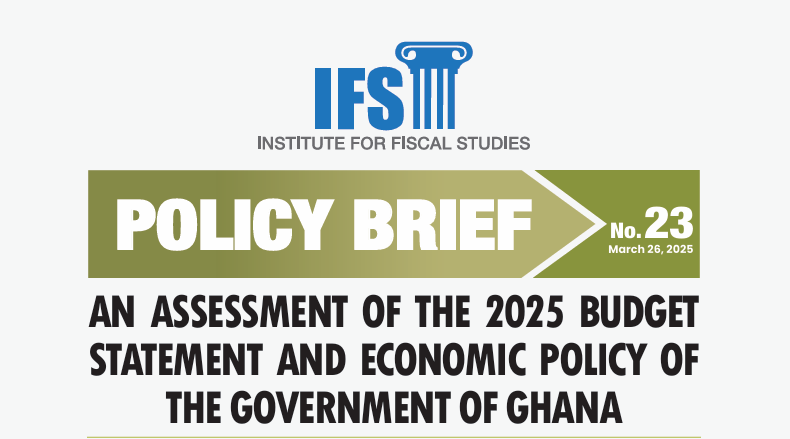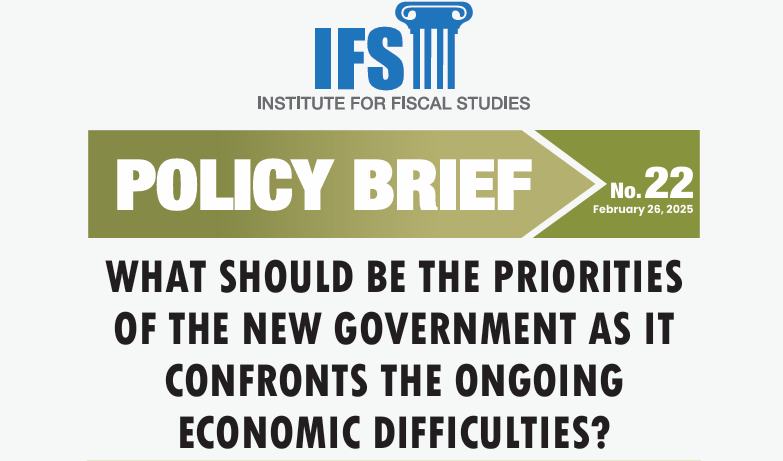Latest Publications
December 20, 2025
The 2026 budget statement, tabled by the government on November 13, 2025, has thetheme “Resetting for Growth, Jobs, and Economic Transformation.” According to thegovernment, the core policy objectives are to consolidate macroeconomic stability,accelerate economic transformation and job creation, and strengthen national security and the social sectors to promote inclusive growth.
November 5, 2025
Importation of rice has been a serious issue of concern for the government of Ghana since the 1960s, due to its balance of payments, exchange rate, and food security implications. Therefore, over the years, the government has pursued a number of strategies to stem it. Yet, not only do data reveal that the strategies have failed to curtail it, they also reveal that rice importation has accelerated in recent years, making it assume alarming proportions. This is because, even though the government is generally aware of the challenges facing the country’s rice sector, we find in this paper that the […]
September 1, 2025
When the government presented the 2025 mid-year fiscal policy review on July 24, it had much to celebrate from the macroeconomic perspective. Real GDP growth, inflation, and the cedi exchange rate had seen significant improvements. Ghana’s external account position had also improved considerably. For the most part, information on these macroeconomic developments was well known before the government presented the mid-year review. In contrast, much less was known about the nature of the execution of the 2025 budget during the first half of the year, especially as the budget had introduced many new policy initiatives. Therefore, the Institute for Fiscal […]
May 12, 2025
On March 11, 2025, the new National Democratic Congress (NDC) government presented its first budget statement, outlining its policy priorities and objectives for the next four years. As pointed out in IFS’ pre-budget paper, “What Should Be the Priorities of the New Government as It Confronts the Ongoing Economic Difficulties?”, the budget was presented against the backdrop of fiscal and macroeconomic difficulties Ghana is currently grappling with. These include debt challenges, high inflation, high exchange rate instability, and low growth. In his budget speech to Parliament, Minister of Finance Dr. Cassiel Ato Forson acknowledged the economic difficulties and pledged to […]
May 12, 2025
Ghana’s economic health has been very poor in recent years. Over the past three years, the country has suffered debt crisis, macroeconomic instability, and low growth, which have led to declining living standards, worsening unemployment, and disaffection with the government. This was caused by an extended period of sharp debt buildups and large debt service payments, which eventually led, in early 2022, to downgrades in Ghana’s credit ratings and thus loss of access to the international bond market. Since the past administration started implementing the International Monetary Fund (IMF)-supported program in 2023 to address the crisis, the extraordinarily harsh conditions […]
- A REVIEW OF THE 2026 BUDGET STATEMENT AND ECONOMIC POLICYOF THE GOVERNMENT OF GHANA
- INCREASING IMPORTATIONOF RICE IN GHANA: CAN THE COUNTRY TRANSFORM ITS FORTUNES IN THE RICE SECTOR?
- AN ASSESSMENT OF THE GOVERNMENT OF GHANA’S 2025 MID-YEAR FISCAL POLICYREVIEW
- AN ASSESSMENT OF THE 2025 BUDGETSTATEMENT AND ECONOMIC POLICY OFTHE GOVERNMENT OF GHANA
- WHAT SHOULD BE THE PRIORITIESOF THE NEW GOVERNMENT AS ITCONFRONTS THE ON GOING ECONOMIC DIFFICULTIES?

